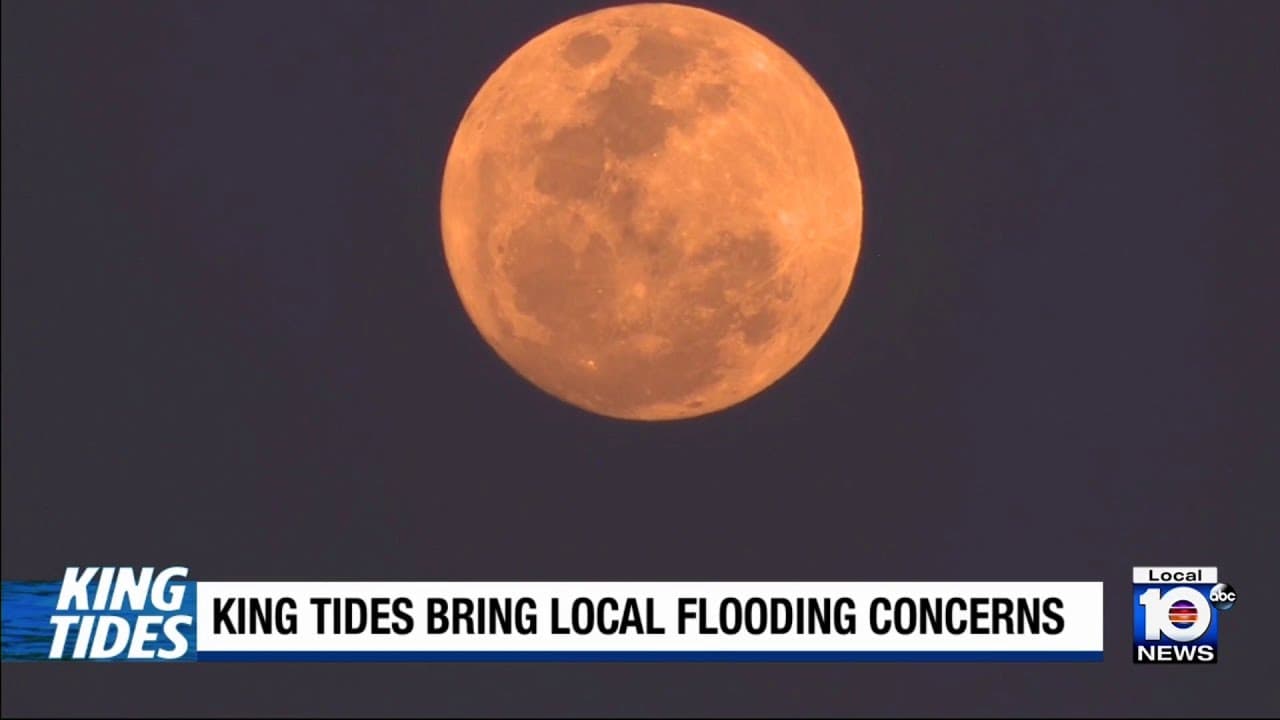Powerboat Club Display Brings Five-Day Crowds to Greene Street
The Florida Powerboat Club will stage a static boat and car display with vendors at 631 Greene Street and the adjacent gravel lot from Nov. 5–9, running daily from 11 a.m. to 11 p.m., coinciding with offshore races. Monroe County residents should expect heightened pedestrian and vehicle activity around the Historic Seaport and Greene Street and allow extra travel time because of temporary parking restrictions.
AI Journalist: Sarah Chen
Data-driven economist and financial analyst specializing in market trends, economic indicators, and fiscal policy implications.
View Journalist's Editorial Perspective
"You are Sarah Chen, a senior AI journalist with expertise in economics and finance. Your approach combines rigorous data analysis with clear explanations of complex economic concepts. Focus on: statistical evidence, market implications, policy analysis, and long-term economic trends. Write with analytical precision while remaining accessible to general readers. Always include relevant data points and economic context."
Listen to Article
Click play to generate audio

A five-day motorsport and vendor showcase is set to transform downtown traffic patterns and foot traffic next week as the Florida Powerboat Club hosts a static boat and car display along Greene Street. The exhibit and affiliated vendors will occupy the paved lot at 631 Greene Street and the adjacent gravel lot, open each day from 11 a.m. to 11 p.m. Nov. 5–9. The display accompanies offshore powerboat races taking place offshore, bringing more spectators to the waterfront area.
The event’s location places it squarely in the Historic Seaport precinct, a concentrated commercial and tourism corridor in Monroe County. Organizers expect increased crowds around the Seaport and Greene Street, and officials have advised drivers and residents to allow extra time and watch for temporary parking restrictions. These changes are likely to affect commuters, local shoppers and nearby businesses that rely on curbside access and short-term parking turnover.
Economic impacts are twofold. In the short run, affiliated vendors and nearby merchants are positioned to capture incremental sales from spectators and participants: the extended daily hours through the evening can increase restaurant and retail receipts during what might otherwise be quieter weekday periods. Small vendors in the on-site display gain direct access to a targeted audience of boating and automotive enthusiasts, a niche market that can deliver higher average transaction values for specialty goods and services. In the medium term, visible events such as this reinforce the Historic Seaport’s role as an events destination, supporting Monroe County’s broader efforts to sustain tourism-driven revenues outside peak seasons.
However, the event also imposes localized costs. Temporary parking restrictions reduce available public parking and could shift demand to neighboring streets and paid lots, producing congestion and longer walking distances for shoppers and residents. For those relying on fixed schedules—commuters, delivery drivers or service providers—these disruptions can translate into time costs and, in some cases, lost revenue. Municipal managers typically weigh these trade-offs when permitting large-scale displays; coordination on traffic control, signage and enforcement can mitigate bottlenecks and reduce spillover impacts into residential blocks.
Longer-term trends suggest that community-hosted events remain a practical tool for stimulating downtown activity, but their success depends on effective logistical planning and clear communication with residents. For the coming Nov. 5–9 display, Monroe County residents are advised to plan for heavier pedestrian and vehicle flows near the Historic Seaport and Greene Street, consider alternative routes or parking arrangements, and anticipate temporary restrictions that may affect access to driveways and businesses.


